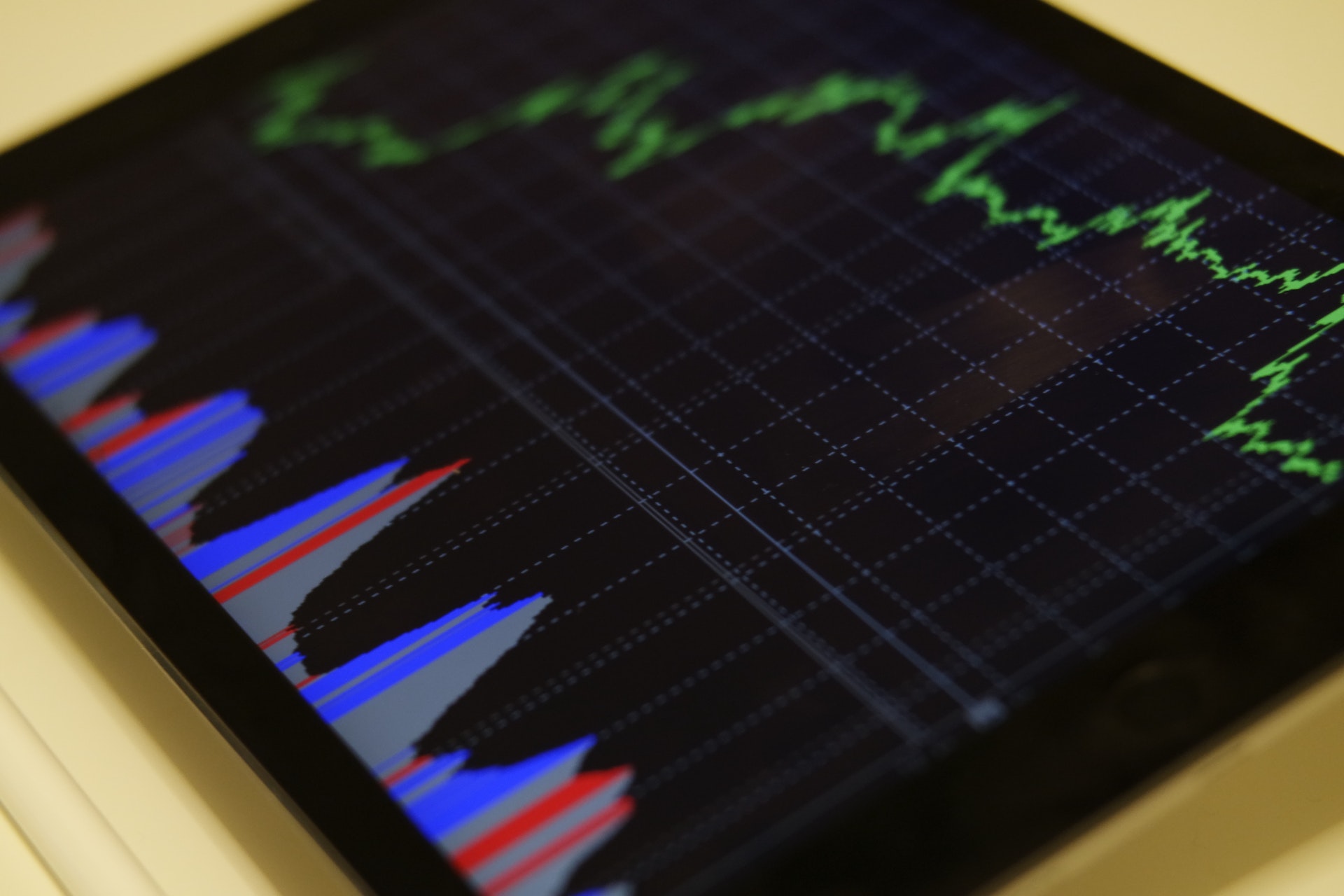In an unexpected turn of events, Chinese stocks orchestrated a remarkable rally, capturing the focus of both market participants and experts. The sudden surge was attributed by many traders to technical factors, as no fresh triggers appeared to be responsible for the turnaround. The Hang Seng Index surged nearly 2% within a matter of minutes, putting an end to a seven-day losing streak that marked its longest decline since late 2021. Simultaneously, the CSI 300 Index, which stands as the mainland shares benchmark, managed to secure a 0.8% gain after erasing a potential loss of up to 0.7%.
The market was abuzz with speculation as stock prices soared, with numerous traders speculating about the involvement of state-backed funds in the buying spree. Adding to the speculative fervor was a Caixin report from the preceding Saturday, hinting at China’s contemplation of more robust actions to mitigate risks stemming from local government financing vehicles.
Despite the flurry of conjecture, clarity regarding the root cause of the rally of Chinese stocks remained elusive. “Most people I spoke to were quite baffled by the move this afternoon. There were all kinds of speculations but there has been no clear explanation,” remarked Willer Chen, a senior analyst at Forsyth Barr Asia Ltd.
While the Chinese stock market experienced this surprising upturn, foreign investors maintained their trend of net selling onshore Chinese stocks. Tuesday saw them pull out a substantial 6.4 billion yuan ($875 million), extending their record selling streak for a staggering 12 days. This sustained withdrawal of foreign capital, combined with the heightened market volatility, underlined the nervousness among traders.
Data compiled by Bloomberg indicated that the turnover for Chinese stocks reached approximately 800 billion yuan, largely aligning with the monthly average. This suggested that the ongoing losses in Chinese stocks were contributing to an edgy trading environment.
The recent deterioration in investor sentiment stemmed from a constellation of factors, including bleak economic data, apprehensions about deflation, and a troubling slump in the property market. The cascading effects of these concerns were culminating in a potential crisis within the shadow banking sector. In August alone, a gauge of Chinese stocks listed in Hong Kong plummeted over 11%, making it the poorest performer among 92 global equity indexes tracked by Bloomberg.
Market observers were left grappling for explanations. “There simply are no obvious triggers. The only potential explanation that seems to make sense is that the National Team has been active,” ventured Brock Silvers, Chief Investment Officer at Hong Kong-based private equity firm Kaiyuan Capital. The cryptic involvement of potential government intervention remained a pivotal puzzle piece in understanding the surge.
As Tuesday’s trading session drew to a close, the Hang Seng Index closed with a 1% uptick, while the Hang Seng Tech Index fared even better, concluding with a 2% gain. Although the exact cause of the sudden reversal remained uncertain, it seemed plausible that a combination of technical factors and potential intervention played a role in reinvigorating the oversold Chinese market. Amidst the enigma surrounding the rally, it was indisputable that the intervention, whatever its nature, had a significant impact on the market’s trajectory for the day.
Source; Bloomberg



